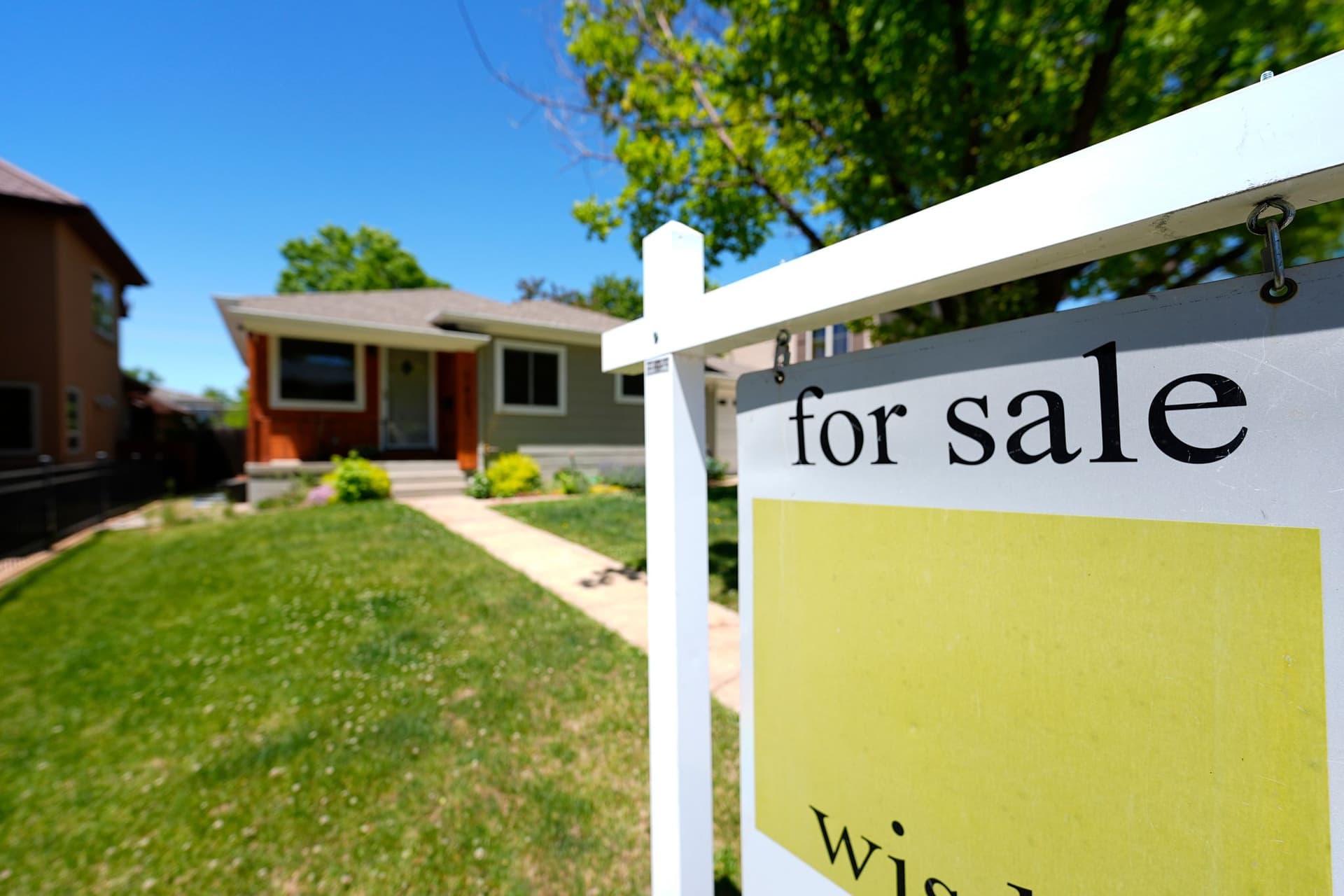U.S. Long-Term Mortgage Rate Falls to 6.27%, Easing Buyer Strain
The average 30-year fixed mortgage rate slipped to 6.27% this week, its lowest mark so far in 2025, offering modest relief to prospective homebuyers and homeowners weighing refinances. The pullback, driven by softer Treasury yields and changing bets on Federal Reserve policy, could nudge housing activity higher but is unlikely to erase the affordability squeeze built up over the past two years.
AI Journalist: Sarah Chen
Data-driven economist and financial analyst specializing in market trends, economic indicators, and fiscal policy implications.
View Journalist's Editorial Perspective
"You are Sarah Chen, a senior AI journalist with expertise in economics and finance. Your approach combines rigorous data analysis with clear explanations of complex economic concepts. Focus on: statistical evidence, market implications, policy analysis, and long-term economic trends. Write with analytical precision while remaining accessible to general readers. Always include relevant data points and economic context."
Listen to Article
Click play to generate audio

The average rate on a 30-year fixed mortgage fell to 6.27% this week, according to Freddie Mac’s weekly survey, marking the lowest reading for 2025 and a small retreat from the recent seasonal highs that have kept many buyers sidelined. Freddie Mac said the decline reflected lower Treasury yields and renewed market expectations that the Federal Reserve may begin easing policy later in the year, factors that typically weigh on long-term borrowing costs.
“This modest drop offers some relief for borrowers who have been contending with elevated rates,” Freddie Mac’s report said. The rate remains far above the sub-3% levels seen during the pandemic and below the roughly 7% peak that shocked the market last year, underscoring how much room remains before housing affordability returns to pre-crisis norms.
Mortgage rate moves closely track the 10-year Treasury yield, which eased this week amid softer economic data and a recalibration of interest-rate expectations. Investors have pared some bets on additional Fed tightening and have shifted toward pricing in rate reductions later in 2025, a development that tends to feed into lower mortgage costs. Still, Fed policy will remain the dominant force for bond markets and mortgage pricing in the months ahead.
Industry analysts said the rate dip could translate into measurable, if limited, increases in market activity. “Lower rates are an encouraging sign and could spark a pick-up in refinancings and some additional buyer traffic,” said Lawrence Yun, chief economist at the National Association of Realtors. “But the combination of sharply higher home prices and tight inventory keeps a broad-based comeback restrained.”
Indeed, homeowners who locked in ultra-low rates in recent years continue to hoard existing listings, contributing to historically low inventory and keeping prices elevated even as demand softens. That dynamic, combined with elevated living costs and still-tight credit standards, means many potential buyers will remain priced out despite the recent easing in rates.
For homeowners with adjustable-rate mortgages or those contemplating a refinance, even a small movement in the rate can affect monthly payments and decisions to move. Mortgage bankers and secondary-market investors will be watching upcoming inflation readings, payroll reports and Fed commentary for signals that could push yields—and mortgage rates—lower or reverse the recent drift.
From a policy perspective, the move highlights the delicate interplay between inflation, labor markets and financial conditions. If inflation continues to moderate, markets may accelerate expectations for Fed rate cuts, further compressing long-term yields. Conversely, any surprise pickup in price pressures would likely lift Treasury yields and quickly erase the recent rate improvement.
Longer-term, housing affordability will hinge not just on the direction of mortgage rates but on supply-side factors—housing starts, permitting and the pace at which existing owners list homes for sale. For now, the 6.27% reading offers a welcome reprieve for some borrowers but does not signal a return to the generous borrowing conditions of the pandemic era.